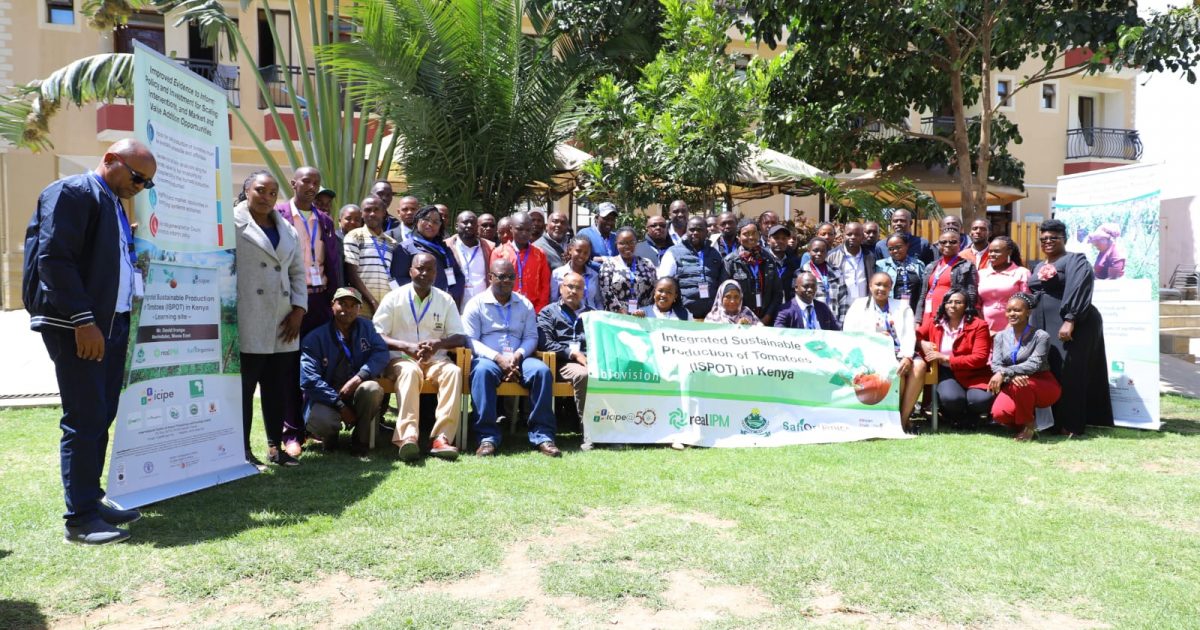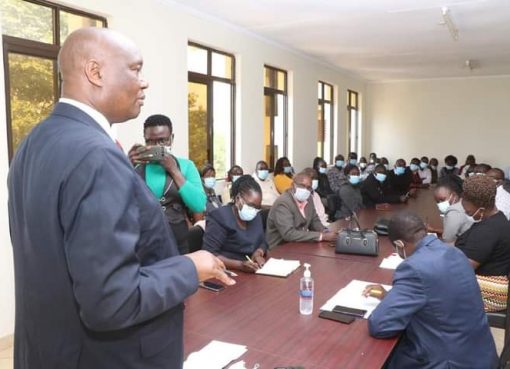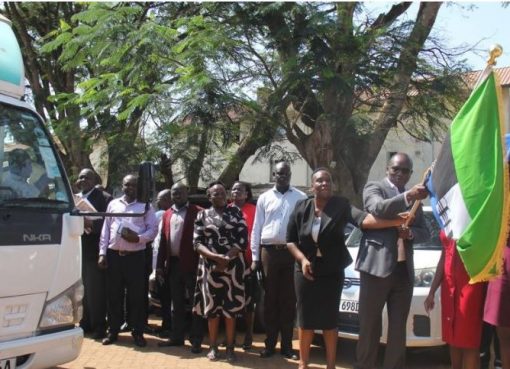International Center of Insect Physiology and Ecology (ICIPE) has launched an Integrated Sustainable Production of Tomatoes (ISPOT) project that will benefit tomato farmers in Narok County.
The ISPOT project will emphasize ecological approaches to pest management by ensuring human and environmental health is adhered to.
Speaking in Narok, Dr. Shepard Ndelela, a project manager in ICIPE, said the aim of this project is to ensure farmers produce their tomatoes in a safe disease free environment, using products that are safe to themselves, the environment and the consumers.
“The first phase of this project has already been implemented in Kirinyaga County. We are here today in Narok to launch the second Phase of ISPOT project,” said Ndelela.
Ndelela added that Narok County is in the second phase mainly because it is among the leading counties in tomato production.
Peterson Nderitu, a research officer at ICIPE described the project as one that will address the challenges that tomato farmers have been facing, ranging from poor farming practices, pest and disease infestation and post-harvest losses.
However, Nderitu said the project will eventually increase the quantity and quality of tomatoes produced by farmers.
John Nakola, a tomato farmer from Naroosura area in Narok, said the ISPOT project will boost the tomato production in the county. “This project, as we have heard, aims at ensuring farmers produce tomatoes and other crops in a safe manner,” added Nakola.
Nakola called upon fellow tomato farmers to adopt this new farming technology in order to preserve human and environmental health.
This second phase in Narok County follows a successful completion of phase one of the project in Kirinyaga County, which entailed assessment and mapping out of tomato farming across the County.
ICIPE is mandated to conduct research and develop methods that are affordable to effective, selective, nonpolluting and which are affordable to resource-limited rural and urban communities.
By John Kaleke





